Planning for your Fall Programming
Welcome back to a new Scouting program year! This is the perfect time to get together with your fellow Scouters and put together a basic framework of what you want to do for the year. This includes any field trips, camp bookings, sleepovers or events that you want to attend. You should also have a couple of starter meetings ready for the first couple of weeks.
During those first few weeks is when you will get to know the new youth that have joined. It’s also when the youth in your Section will contribute their ideas for what they want to do over the next season, or even year.
Over the years, I have heard many times, “I’m not sure how to make my Section youth-led,” especially from Colony or Pack Scouters.
The truth is that youth-led looks different from Section to Section.
With Beaver Colonies, it can be as simple as asking Beavers what they enjoyed last year and what they want to do this year. My favourite thing to ask is, “What is one thing that you really want to do but your parents won’t let you?” This brings out all their wishes, and from there, you can help them narrow down the list to feasible options.
For Cubs Packs, they have more ideas of what Scouting can be and what they can do as a team, but they can still benefit from suggestions that offer options for them to choose from.
Scouts, Venturers and Rovers may decide in a more diplomatic way by either a vote (raise of hands), ‘dotmocrocy’ (putting dot stickers on an activity that they want to do and the majority wins) or any other way they want to decide.
These ideas are then taken away by the Scouter team and fleshed out and put into a plan for the year. You will be amazed how many great activity ideas there are to fill the seasons ahead.
While you may hear some outlandish ideas, don’t disregard them, these can be the most interesting and fun nights that you will have. For example in my Section, going to Hawaii was an idea that came up; we had a Hawaiian night and tasted Hawaiian traditional food, looked at where Hawaii was on a map, worked out how many cars / school busses it would take to reach Hawaii, and learned some traditional Hawaiian games and songs. We all came dressed in Hawaiian shirts, shorts and flipflops. We had a blast! If you look for opportunities to amplify the fun in each activity, you can’t go wrong.
Happy Planning!
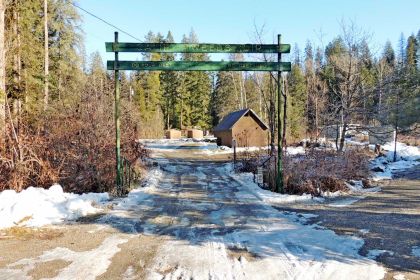
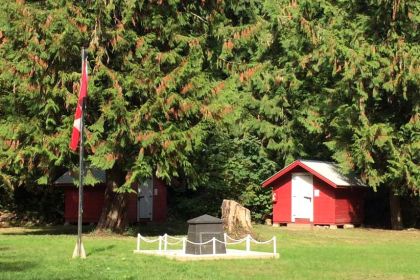
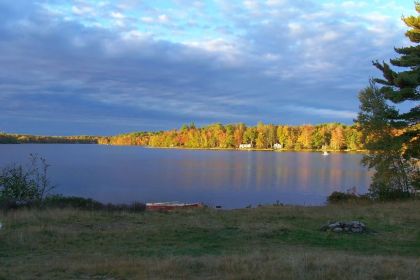
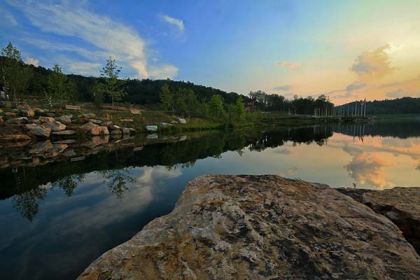
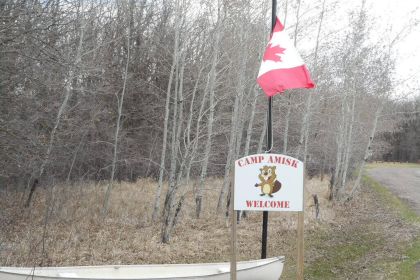
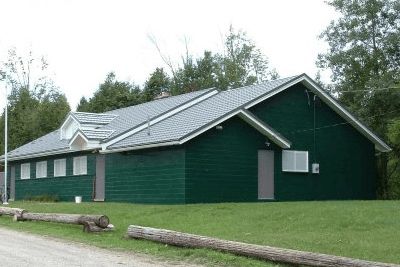
 Looking to get out and do more camping this year? Not sure where to start? A Scout is wise in the use of all resources — and we have a new resource for you! Duane S. Radford’s Canadian Outdoor Survival Guide offers unique and useful information on everything from basic camping to more advanced skills like navigation and foraging.
Looking to get out and do more camping this year? Not sure where to start? A Scout is wise in the use of all resources — and we have a new resource for you! Duane S. Radford’s Canadian Outdoor Survival Guide offers unique and useful information on everything from basic camping to more advanced skills like navigation and foraging.

